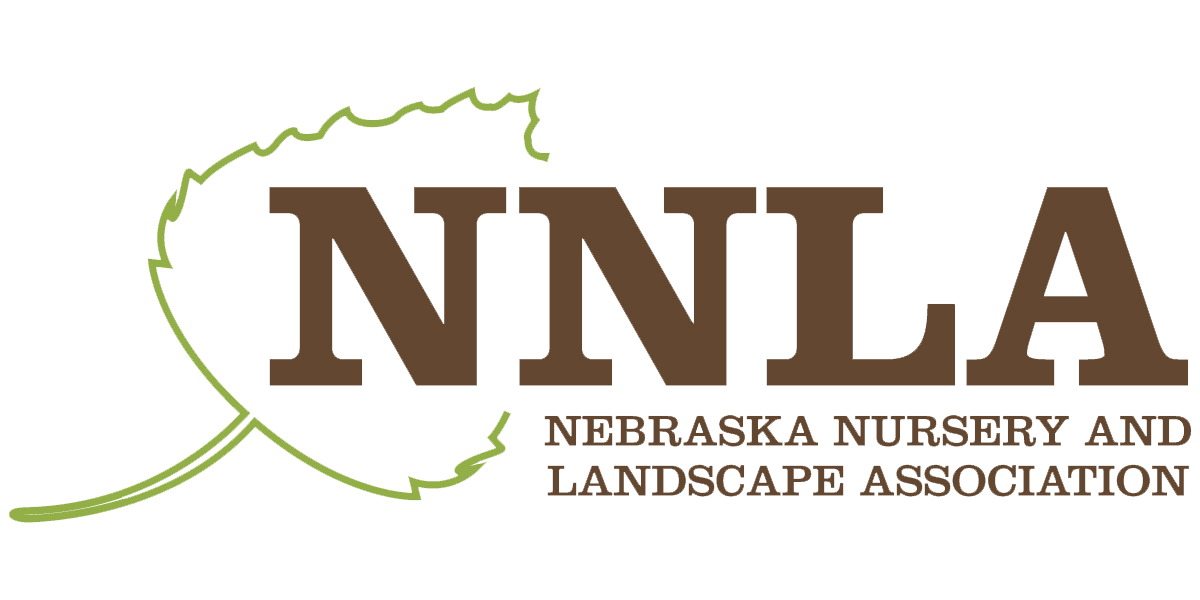Beneficial Landscapes: Plants for Sandy Soil
If you’re sitting on sandy soil and don’t have a flower garden, it’s well worth starting one. The rest of us—who sigh with disappointment every time we read “must have well-drained soil” in a nursery catalog—can’t let you waste this opportunity that’s lying at your feet.
Sand, the largest of soil particles (and the only one visible to the naked eye), is no stranger to the state. It can be found along the Platte River lands and all over the Sandhills. Characterized by excellent drainage, low fertility and resistance to compaction, sandy soil creates a truly unique setting for landscaping in Nebraska. If you are willing to leave behind the nutrient- and water-loving plants often featured in magazines (astilbe, bleeding heart, hellebore, hardy hibiscus, viburnum, hydrangea, daylily), you will find a whole new palette of plants worth their salt in color, texture and toughness. Fold in compost for a boost in nutrient and moisture retention, and the possibilities are striking.
Not only do prairie natives behave better in sandier conditions—what flops for someone else can stand straight for you (little bluestem, blazingstar) and what stretches to six feet for them may stay content at four (big bluestem, milkweed)—but the saturated reds, blues and oranges you usually have to drive to the Rocky Mountains to see are suddenly growable at home. Just don’t jeopardize the good thing you’ve got going: avoid over-mulching and over-irrigating, both of which can cause rot in most xeric plants. In other words, if you find it wilting, don’t run for the hose; replace it with another plant that will thrive there. And less mulch might mean more weeds until things fill in, but sandy soil makes pulling or hoeing them almost fun. Below are some wonderful flowers for sand. Rachel Anderson, Community Landscape Specialist
Purples, Pinks and Blues
• Appleblossom grass, Gaura lindheimeri
• Blazingstar, Liatris punctata, L. squarrosa
• Dianthus, Dianthus cultivars
• Garden salvia, Salvia nemorosa
• Hummingbird mint, Agastache rupestris • Penstemon strictus, P. grandiflorus, P. x mexicale • Prairie flax, Linum lewisii
• Purple poppymallow, Callirhoe involucrata
• Purple prairie clover, Dalea purpurea
• Resinous skullcap, Scutellaria resinosa
Whites to Reds
• Butterfly milkweed, Asclepias tuberosa • California fuchsia or Hummingbird trumpet, Zauscheneria garrettii
• Cushion spurge, Euphorbia polychroma
• Fendler’s aster, Aster fendleri
• Lanceleaf coreopsis, Coreopsis lanceolata
• Lupine, Thermopsis villosa, T. montana
• Oriental poppy, Papaver orientale • Pineleaf penstemon, Penstemon pinifolius
• Prairie sage, Artemisa ludoviciana, A. frigida
• Prairie zinnia, Zinnia grandiflora
• Primrose, Calylophus serrulatus, Oenothera macrocarpa
• Skyrocket gilia, Ipomopsis aggregata
• Torchlily, Kniphofia uvaria
• Yarrow, Achillea cultivars
Grasses
• Grama, Bouteloua curtipendula, B. hirsutus, B. gracilis
• Little bluestem, Schizachyrium scoparium
• Sand lovegrass, Eragrostis trichodes
• Plains muhly, Muhlenbergia cuspidata
• Junegrass, Koeleria macrantha
• Blue oat grass, Helictotrichon sempervirens
• Blue fescue, Festuca ovina
• Buffalograss, Buchloe dactyloides
Part Sun
• Balloonflower, Platycodon grandiflorus
• Sprengel’s sedge, Carex sprengellii
• Appalachian sedge, Carex appalachica • Prairie petunia, Ruellia humilis
• Dwarf spiderwort, Tradescantia tharpii
• Fremont’s clematis, Clematis fremontii
• Pussytoes, Antennaria parviflora
• Birdsfoot violet, Viola pedata
• Ornamental onion, Allium senescens var. glaucum, A. stellatum, A. cernuum
• Yellow columbine, Aquilegia chrysantha
